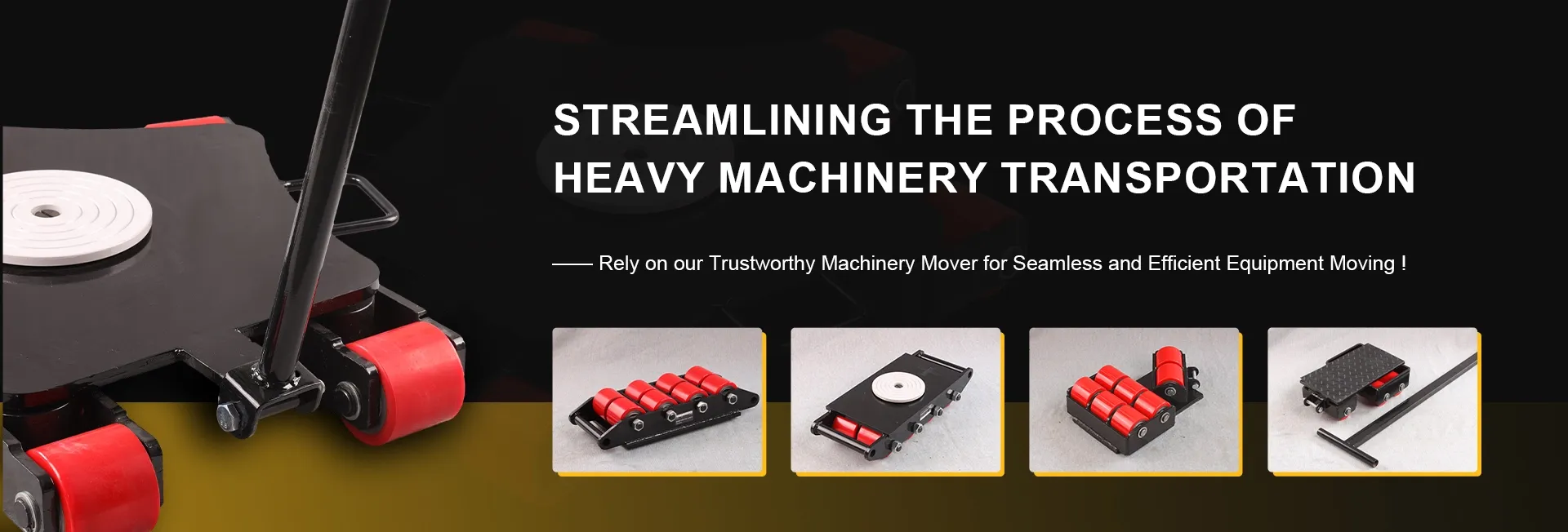overhead and gantry cranes
Understanding Overhead and Gantry Cranes
In industrial settings, the efficient handling of materials is crucial for productivity and safety. Overhead and gantry cranes are essential tools in this process, designed to lift and move heavy loads with precision and ease. Their design and functionality have made them indispensable in warehouses, manufacturing plants, shipyards, and construction sites across various industries.
What Are Overhead Cranes?
Overhead cranes, also known as bridge cranes, consist of a hoist that is lifted and lowered along a horizontal beam. This beam extends across a workspace, allowing the hoist to move along its length, providing a wide range for lifting operations. Closer to the ceiling than traditional floor-based systems, overhead cranes maximize vertical space, leading to improved workflow and reduced ground clutter.
These cranes typically operate on a system of rails mounted on the building structure, which supports the crane's weight and allows for smooth operation. Overhead cranes come in various configurations, including single girder and double girder designs. A single girder crane features one horizontal beam, while a double girder crane uses two beams, offering greater lifting capacities and sturdiness for heavier loads.
What Are Gantry Cranes?
Gantry cranes are similar to overhead cranes in function but differ in structure. They are supported by legs that move along the ground, allowing the crane to be more flexible in terms of location. Gantry cranes can be found in various industries, from construction sites lifting steel beams to shipping yards moving containers.
A key advantage of gantry cranes is their portability. While some models are fixed in place, others are either semi-portable or fully mobile, meaning they can be moved from one location to another as needed. This contrasts with overhead cranes, which are usually installed in a specific area and are not easily relocated.
Key Features and Benefits of Overhead and Gantry Cranes
1. Increased Efficiency Both overhead and gantry cranes significantly enhance operational efficiency by allowing for the quick movement of heavy loads. Their ability to reach significant heights and span wide areas means that cargo can be lifted and transported without the need for additional machinery, reducing time and cost.
overhead and gantry cranes

2. Safety These cranes are designed with safety features that protect operators and personnel in the work area. Many come equipped with emergency stop buttons, overload sensors, and anti-collision systems, ensuring that heavy materials can be handled securely.
3. Versatility Overhead and gantry cranes can be employed in a variety of applications. From lifting heavy manufacturing components to loading shipping containers, their versatility makes them essential to modern industrial operations.
4. Space-Saving Design The overhead nature of bridge cranes frees up ground space, allowing for better utilization of the work area. For gantry cranes, their ability to be moved and repositioned enables the efficient use of the workspace as operational needs change.
5. Customizability These cranes can be tailored to meet specific operational requirements. Businesses can choose different lifting capacities, height adjustments, and additional features such as specialized grapples or hooks, ensuring that the crane meets their unique needs.
Maintenance and Safety Considerations
While overhead and gantry cranes are built to withstand heavy use, regular maintenance is crucial for ensuring their longevity and safety. Routine inspections, lubrication of moving parts, and checks on load-bearing components are essential tasks to prevent breakdowns and accidents.
Training for operators is also vital. Understanding the crane’s mechanisms, weight capacities, and safe operation procedures can prevent mishaps and ensure a safer work environment. Employers are responsible for providing appropriate training and adhering to safety regulations to protect their workforce.
Conclusion
Overhead and gantry cranes play a critical role in material handling across various industries. Their design, efficiency, and safety features make them vital in lifting heavy loads, improving operational workflows, and enhancing safety standards. As industries continue to evolve, these cranes will remain essential tools that facilitate productivity, demonstrating the significance of innovation in material handling equipment. With proper maintenance and training, the benefits of these cranes can be fully realized, ensuring that businesses operate effectively and safely in an increasingly competitive landscape.
-
Unlock Seamless Relocation with Our Heavy Equipment Moving ExpertiseNewsJun.06,2025
-
Unleash Unrivaled Flexibility with Our Adjustable Gantry CraneNewsJun.06,2025
-
Unleash Heavy-Duty Efficiency with Our Industrial Gantry Crane SolutionsNewsJun.06,2025
-
Revolutionize Steel Handling with Our Magnetic Lifter RangeNewsJun.06,2025
-
Master Equipment Mobility with Premium Machinery Mover SolutionsNewsJun.06,2025
-
Elevate Your Material Handling with Magnetic Lifter TechnologyNewsJun.06,2025
-
YS Permanent Lifting Magnets: The Smarter Way to Handle SteelNewsMay.22,2025
